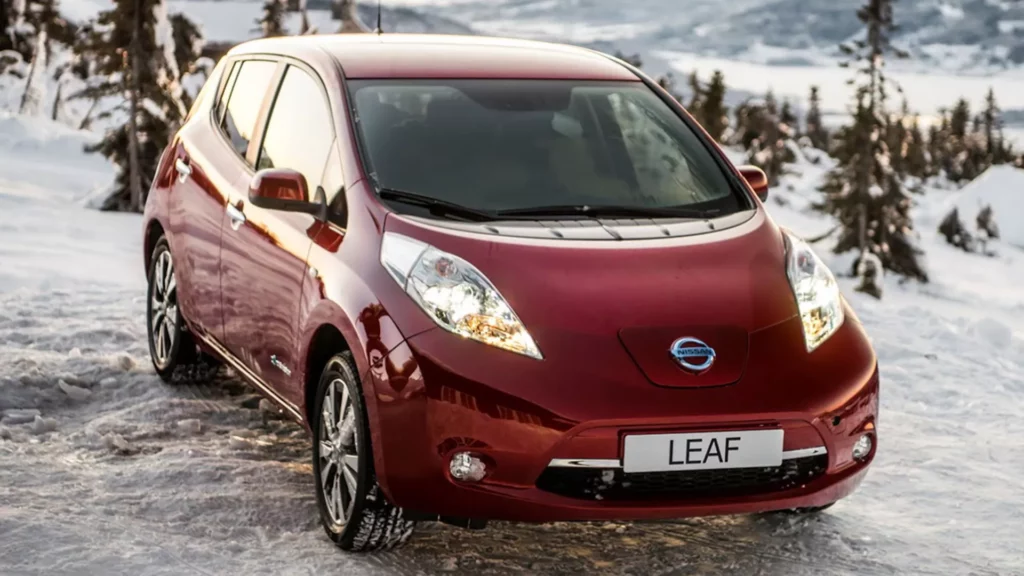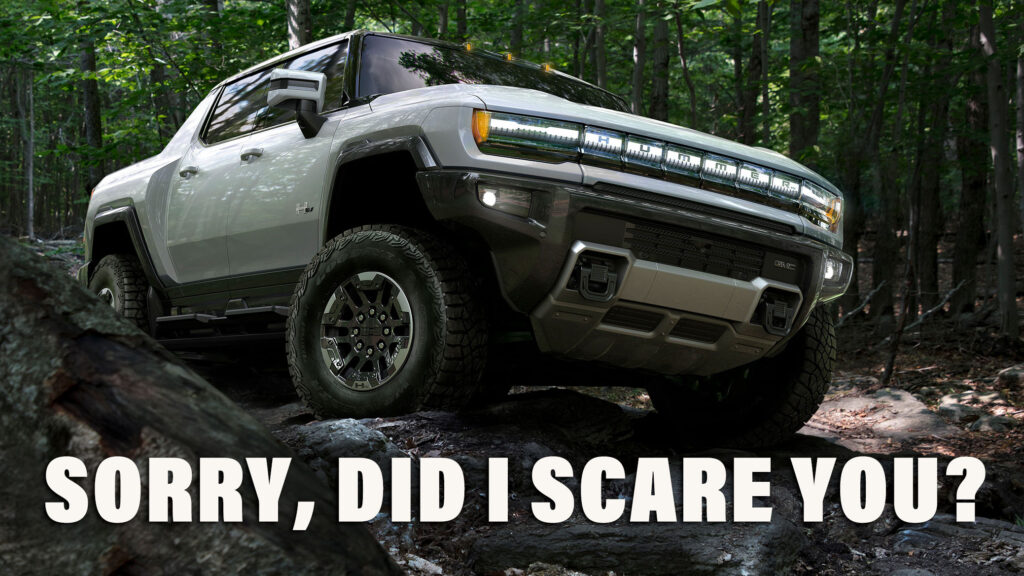Between the Biden administration’s tax credit scheme for EV buyers, the NHTSA’s tightening CAFE economy requirements and California’s incoming 2035 ICE ban, the U.S. car industry and the car buying public are being pushed towards building and purchasing more EVs every year.
But it’s not only people working in dealer service departments, ICE parts manufacturers and oil companies that are worried about the shift. So are safety campaigners who believe that the U.S. government’s policies are putting pedestrians and cyclists in danger.
The idea isn’t a new one, but as The Atlantic suggested in a recent article on the topic, the environmental hype around EVs (and we’d add the promise of new jobs to that) is so strong that the darker side of the trend is being pushed out of view. Literally out of view, because the sheer size of the latest electric vehicles might make it hard to spot vulnerable people either walking or cycling.
That’s not a problem restricted to EVs. Americans have been buying increasingly large gas-powered trucks and SUVs for years and safety advocates have long pointed out that the weight of these vehicles combined with their height puts pedestrians (and even drivers of smaller cars) at risk. But factor in the colossal weight of a battery pack and things get much worse.
Related: NYC Parking Garage Collapses In Lower Manhattan Leaving 1 Dead, Were Heavy EVs To Blame?

EVs have, by design, always been heavier than the equivalent combustion-powered car. But the overall weight of the first generation of electric cars was constrained by the fact that they were cars. The new EVs coming through, though, are mostly SUVs and pickup trucks. That’s hardly surprising, because those are the vehicles the public was already moving to before electric power became a mainstream choice. They’re also, as the article points out, far more profitable for the automakers than traditional cars.
If the U.S. government is concerned about the risk to pedestrian safety these new jumbo EVs pose, it’s not letting on. The rate of deaths on America’s roads is twice that in Europe, which subjects new cars to a broader range of tests. While American tests focus on the safety of the people inside the subject vehicle, European tests have ratings for things like pedestrians and cyclists to analyze the threat to those that vehicle might hit.
Some in the U.S., such as the District of Columbia, have taken action to make it more expensive to own heavier vehicles, but that’s only going to make a very small dent in the problem, so to speak. As The Atlantic’s David Zipper says, the only way to stop EVs getting bigger and heavier is for the government to step in, and it doesn’t look like that’s going to happen any time soon.
Do you think the U.S. government should act to curb the increasing weights and sizes of new vehicles or should we just make air horns compulsory so we can scare pedestrians and cyclists out of the way and to safety?








